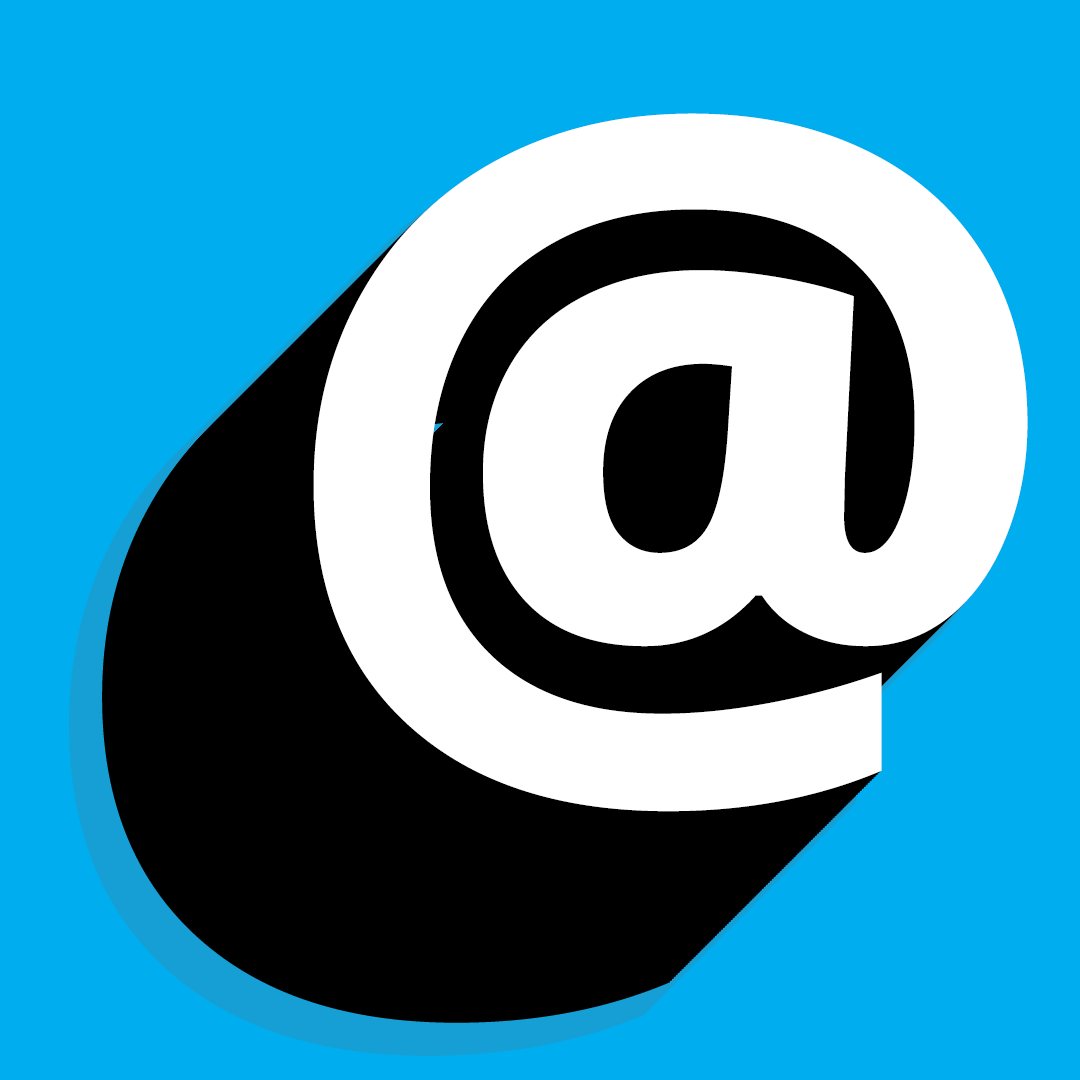How to use an exclamation mark | A history of hurray and a touch of gender bias
How to use an exclamation mark
Exclamation marks have one use: to indicate an exclamation or interjection. They’re generally used (and vastly overused) to show enthusiasm, astonishment, anger, and volume. No matter how tempted you might be to use one, know this—you almost never need to. It’s an ongoing joke that every writer gets just one in their whole career.
As far as style goes, there are a few guidelines I recommend:
Keep them to a minimum to retain their value
Never use more than one at a time
Avoid them in subject lines as they can trigger spam filters
Double exclamations should be reserved for Metal Gear Solid warnings.
How did exclamation points evolve?
Just like the theory behind how the question mark symbol evolved, the glyph for an exclamation probably derived from latin. (Didn’t everything?) During the Middle Ages, writers would add the latin exclamation io to the end of sentences as a way to indicate joy. After all, it meant hurray. Over time, it’s thought the i moved over the o, which became a full stop. Et voilà.
Where did hurray come from, then?
Possibly the Mongols—how cool is that? Ghengis Khan: not just a distant relative of 1 in 200 Asian men. It’s a somewhat spurious theory, but a really interesting one. The Mongol armies used a sacred phrase, Hurree, which bears similarities in meaning to amen. Anthropologist Jack Weatherford reckons that hurrah, hurray, and the like derived from the Mongolian exclamation and spread around the world from the 13th century onward.
Really, I shouldn’t use exclamation marks?!
It’s just not cool to shout at people, especially on page. Take a look at how weird, loud, and off-brand it would be if Apple used ! all over. Beyond the volume, it’s about dynamics. If a song was all bridge, it would be too intense. Similarly the general overuse of exclamations in writing now leaves them feeling cheesy or lazy.
Graphite!
Let’s talk about gender bias
Context does matter; in 1:1 communications they can, conversely, be helpful in indicating a friendly or positive tone. It’s advisable to conserve use even in less formal settings, so they retain value, but in comms to colleagues and friends it’s much less of an offense to throw in a few. That being said, watch out for gender bias.
Yes, even punctuation has a gender bias. I won’t rewrite Sigourney Hummus’s Medium article on the topic, but let me share the TL;DR. As soon as it was noticed that women were both writing, and getting attention for writing, a more vocal commentary on acceptable style began.
Essentially, it was decided that exclamations were too emotional, therefore the territory of women writers. This stylistic mantra was so deeply spread that it still pervades today. Namely by writers like Hemingway, who once wrote in a letter to Maxwell Perkins, “If you leave a woman, though, you probably ought to shoot her. It would save enough trouble in the end, even if they hanged you.” Fun!
To be clear, I don’t mind a well-placed and well-timed exclamation mark. I also don’t mind—at all—their use to indicate a friendly tone in emails or instant messages; I use them deliberately to exaggerate, show humour, read more friendly, and so on. I also sometimes respond directly without them to save time. (It really depends on the message.)
Right and wrong in all the wrong-right places
It’s distinctly possible that all style recommendations to limit their use stems from this same sexism, though—even with the practical application of dynamics. Even the recommendation to use them to indicate tone feels problematic for exactly the same reasons. In professional writing they’re perceived as unprofessional, but in conversational writing they’re needed to show tone? Navigating the nuance can be tricky, especially as we can’t remove history and learned gender bias. Or, at least, it’s really hard to try to.
You may notice that in professional emails it’s typical for cisgender men to use full stops. This is rarely perceived as short, abrupt, or rude, for instance. For women, sadly, not so much. If full stops come across as “harsh”, women are left with limited options—one either can be perceived as cold (especially tough in this newly remote life) or resort to the exclamation. Whilst it “friendlies” the language, it undermines the message… because it’s perceived as frivolous and emotional.
Ultimately it’s up to you. As is the way with many style choices, there is no binary option that’s right or wrong. Even just knowing and being aware this is a thing is a positive step. Hopefully any instant judgements you make when you read someone’s !!! words (in those automatic moments before cognition) will now be followed by a pause.












